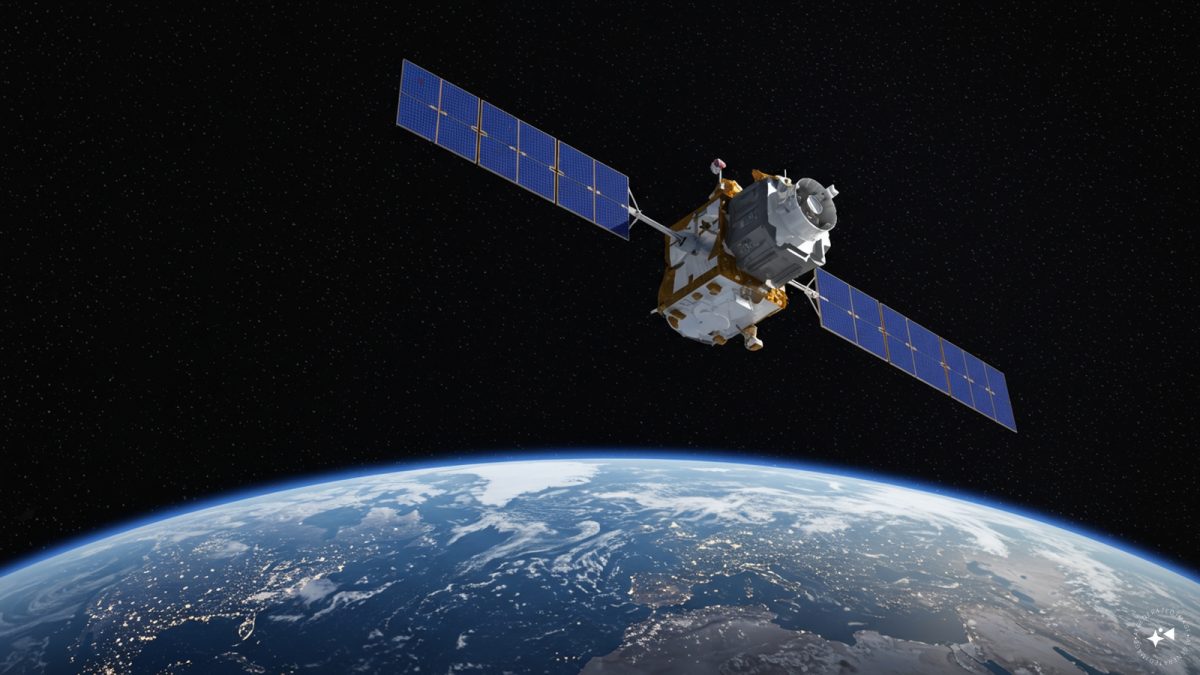India is taking a huge leap into the future — the future of modern warfare. In an attempt to ensure the country’s security from external threats, the government is fast-tracking the launch of 52 defence surveillance satellites, particularly along its borders with China and Pakistan, and in the Indian Ocean Region.
The fast-track— the first such launch will take place in April 2026 and all 52 will be deployed before 2029-end — comes after Operation Sindoor, which saw India use domestic satellites like Cartosat as well as foreign ones to track Pakistan’s military movements.
But why is this significant? What does it mean for India?
What is India’s plan for its defence satellites?
The Times of India has reported that the country is looking to launch a total of 52 defence surveillance satellites by the end of 2029. Of the 52, the Indian Space Research Organisation (Isro) will launch 21 satellites, while three private firms will develop and deploy the remaining 31.
This will come at a cost of Rs 26,986 crore and is part of India’s Phase 3 of the Space-Based Surveillance (SBS) programme , which was cleared by the Prime Minister-led Cabinet Committee on Security in October last year.
A source was quoted as telling Times of India, “Work is underway to compress these timelines to launch the satellites faster into the low earth orbit (LEO) and geostationary orbit. The three private companies that have got the contracts have been told to speed up building of the satellites.”
The source was further quoted as saying, “The aim of SBS-3 is to cover much larger areas of China and Pakistan, as well as the Indian Ocean Region, with shorter revisit times (interval between two consecutive surveillance sweeps of the same location) and much better resolution.”
The faster India gets the 52-satellite constellation up in space the better,” another source was also quoted telling Times of India.
What is India’s Space-Based Surveillance (SBS) programme?
The launch of 52 defence satellites is part of the third phase of India’s Space-Based Surveillance (SBS) programme. In the first phase, launched in 2001, India deployed four satellites belonging to the Cartosat and Risat series to monitor the country’s enemies’ movements at the border as well as important military facilities, including supply depots, airbases, and cantonments.
In 2013, India launched SBS-2 — a launch of six surveillance satellites, including Cartosat-2C, 2D, 3A, 3B, Microsat 1, and Risat 2A. And then last October, the country initiated SBS-3 to build new-generation satellites.
According to IDRW, the notable aspect of this phase is the international cooperation, namely with France following the signing of a letter of intent last January on “defence space cooperation”. This partnership aims at co-developing some of the surveillance satellites, enhancing technological capabilities and sharing expertise.
Why does all this matter though?
Fast-tracking the launch of the satellites, which come under SBS-3, will be significant for India’s security. It will substantially boost the country’s real-time monitoring. This is because military satellites carry advanced cameras and sensors that are capable of taking detailed images from hundreds of kilometres away. They can see through clouds, and zoom in on tiny details, making them the perfect eye in the sky.
As space expert Girish Langrana told The Week, “Military satellites can spot suspicious activity quickly. This early warning gives the military time to plan and respond.”
This is of crucial importance to New Delhi at a time when it faces tensions with China and Pakistan.
In fact, Operation Sindoor highlighted the importance of defence satellites. The constellation of Isro satellites delivered continuous surveillance across terrain, borders, and hostile airspace, giving India an edge in the hostilities.
Earlier, India had access to imagery of a target once in four days. However, the satellites being launched SBS-3 will address this issue by providing better imagery faster. As The Diplomat notes, up-to-date battlefield intelligence and the ability to provide secure inter-service communication will enhance the freedom of operational commanders to execute their missions effectively.
Moreover, it is reported that the new satellites will also feature AI, permitting them to interact with each other, which, in turn, will make them more effective.
Expanding India’s space-based defence capabilities is also crucial as China and Pakistan are ramping up their military programmes. From just 36 satellites in 2010, China today has 1,000 in 2024, including 360 satellites dedicated to intelligence, surveillance and reconnaissance (ISR) missions. These satellites tracking aircraft, monitoring naval activity, gathering intelligence, and even experimenting with potential anti-satellite weapons.
Pakistan, too, is ramping up its space-based capabilities, albeit with the help of Beijing. Its PRSS-1 (Pakistan Remote Sensing Satellite), launched in 2018, is able to tracking land, water, and infrastructure changes.
With inputs from agencies


)

)
)
)
)
)
)
)
)



